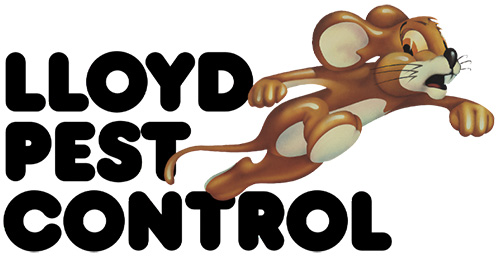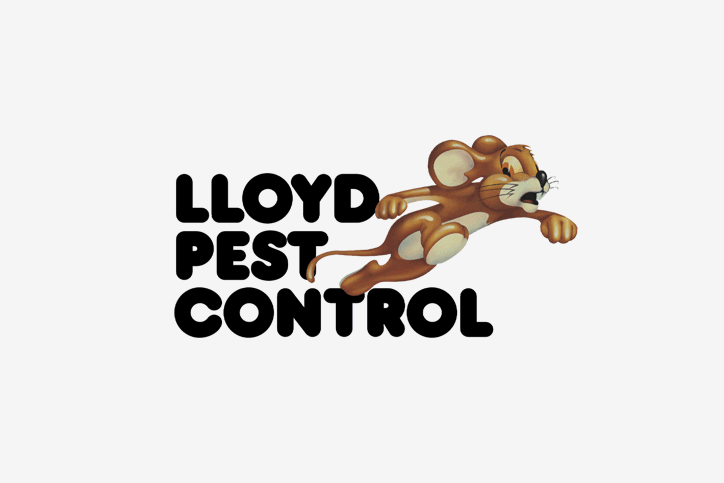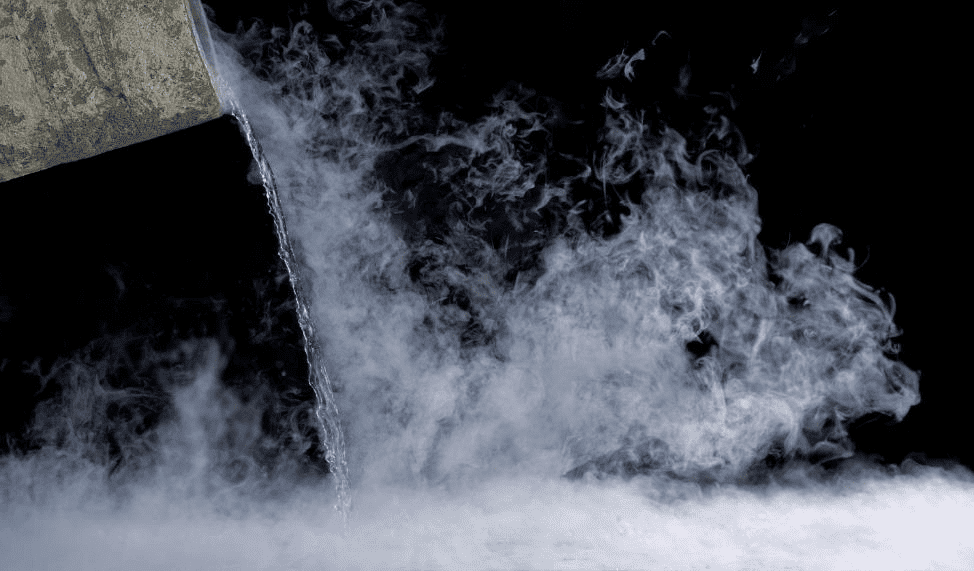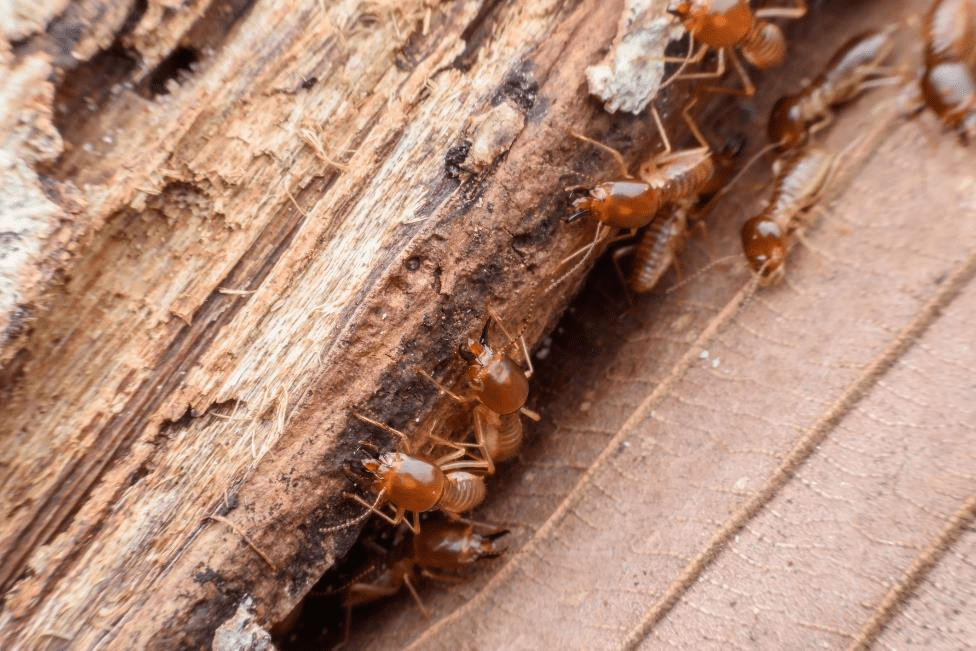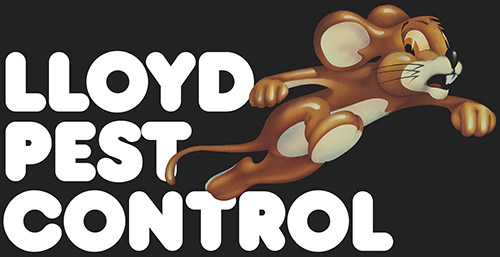Drywood Termite Control
The biggest threat to Southern California homeowners is not fire, flooding, earthquakes, or other natural disasters: It’s drywood termites. Yes, these little buggers are responsible for nearly $5 billion of damage in the U.S. every year. In San Diego, Riverside, and Orange counties, it’s estimated that between 60 to 80 percent of all structures have at least one minor termite colony in it. Chew on that for a minute.
Drywood Termite Characteristics
Drywood termites (Incisitermes minor) feed on our homes, office buildings, and basically any place they can sink their teeth. They typically arrive in late summer, riding the warm Santa Ana winds. Blind, directionless termites will chomp down on the first piece of wood they find, which, in most cases, is your home.Poor Eyesight
Given their poor eyesight (well, they actually don’t have eyes) and the precarious fate determined by winds, about 99 percent of termites in a mating swarm will die trying to find a place to settle down (and you thought you were going through an existential crisis). However, that 1 percent that finds its way onto your home, garage, or gazebo can cause thousands of dollars worth of damage.Visual Similarities to Flying Ants
These pests are often confused with flying ants, albeit with a pale white color. The similarities don’t end with their appearance. Like ants, drywood termites are very organized and can develop complex colonies in your home without you even noticing.Mating
A female drywood termite emits a pheromone to attract a male. Once a pair has found each other, they’ll enter a crack or crevice in your home and break off their own wings for easier burrowing (oh, the things we do for love). Then, they gnaw a pear-shaped chamber where they mate.Nymphs and the Termite Life Cycle
Young termites—aka nymphs—cause the most burrowing damage in their effort to help build the colony. A typical colony of drywood termites takes about four years to mature, all the while chowing down on wood and damaging your structure. Some nymphs grow up to become soldiers and alates, the reproductive swarmers that will continue the cycle. Wind or other circumstances can move swarmers from one colony to another wooden beam, making it possible for multiple colonies to exist within the same structure.Get your FREE 60-secondONLINE QUOTE
Please provide your zip code to verify you’re within our service area.
Unfortunately, we do not service your location.
Submit this online form for a free instant pest control quote or termite inspection for your home – or to get access to pest solutions for your business. Note: instant quotes available for single family residences under 9000 sq. ft. with defined pest concerns - all others will be contacted ASAP by our Customer Care Staff.
Drywood Termite Entry Points
Drywood termites can enter your home through vents or cracks in trim, eaves, window frames, and exposed rafters. Often, the first place they are detected is within the raw beams and framing of garages and attics. Conducive drywood entry points include:- Unsealed or unpainted wood
- Vents without screens
- Exposed rafter tails
- Attached wooden deck or fence
- Clogged rain gutters
- Ground moisture
These termites will eat any cellulose material they find, even furniture and antiques. And, since they attack from the inside, you may not know the damage you’ve sustained until it’s too late.
Warning Signs of Drywood Termite Infestations
We hate to admit it, but termites are really good at their jobs. They’re like silent demolitionists: eating and destroying structures from the inside out without leaving any noticeable trace. This is why they’re so pervasive in Southern California—nobody notices until it’s too late. Warning signs of drywood termite infestations include:- Swarmers flying in autumn
- Wings broken off near windows
- Finding pellets like course sawdust near window sills or sliding glass doors
- Blistering of exterior paint’s surface
- Wood damage
